Probably an effect of impedance mismatch.
Things with an interface where electromagnetic waves leave or enter have a wave impedance. That is just a number that denotes how the magnetic and the electric field of the electromagnetic wave propagating in the device relate. By how Maxwell's Equations work out, the unit of that is Ω, like resistors!
How large that impedance is, is defined by the shape and material of the waveguide. Some devices even act as an impedance transformator. For example, an antenna takes the wave impedance of free space (ca. 370 Ω) and transforms it into the impedance of the antenna cable (for example, 50 Ω, 70 Ω, 100 Ω, sometimes something complex if we're talking tuned systems…).
And if you want to send power from one device port into another, you will only achieve full power transfer if these two impedances are the same. Otherwise, you get reflections. The amount of reflection depends on the kind of mismatch.
Now comes the fun thing: a cable that is not the same impedance as the port at its end functions as impedance transformer. As a crass example: leaving a piece of cable open and connecting it with a piece of cable that is one quarter wavelength transforms that "open end" (\$\infty\$ Ω) to a "short circuit (0 Ω). Funky!
That way, your antenna might be better matched to your receiver by transforming the impedance through some length of cable.


